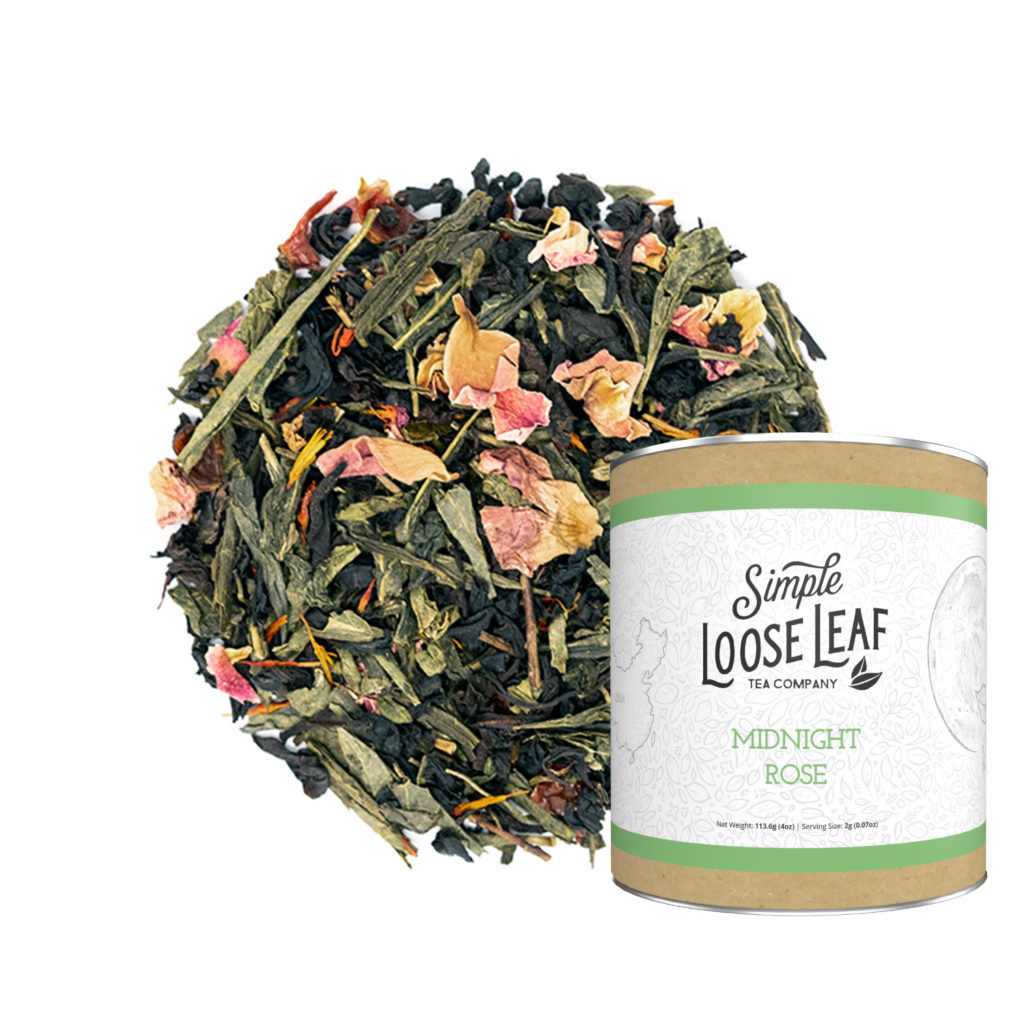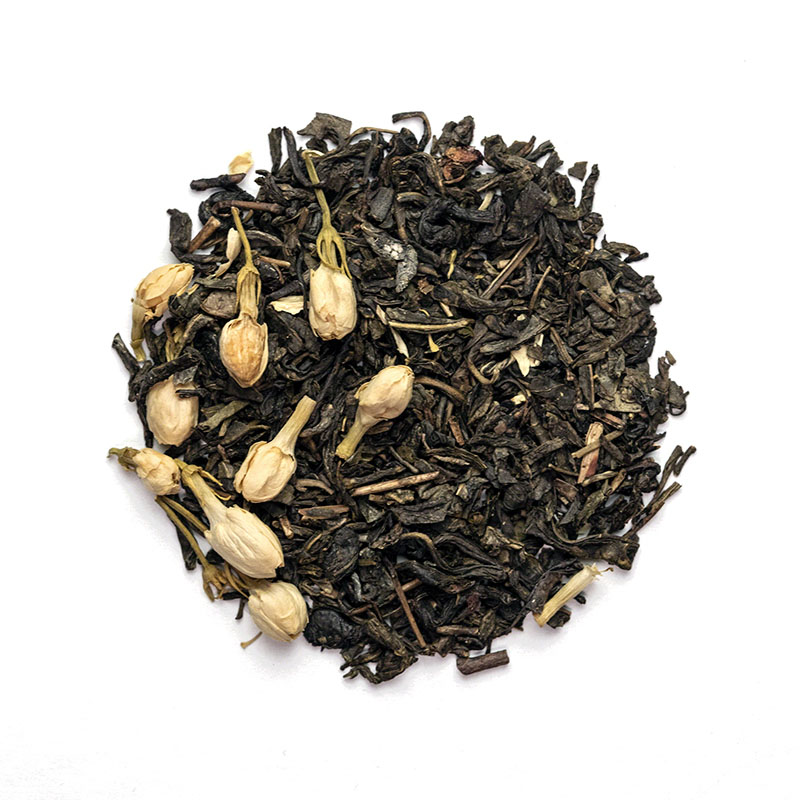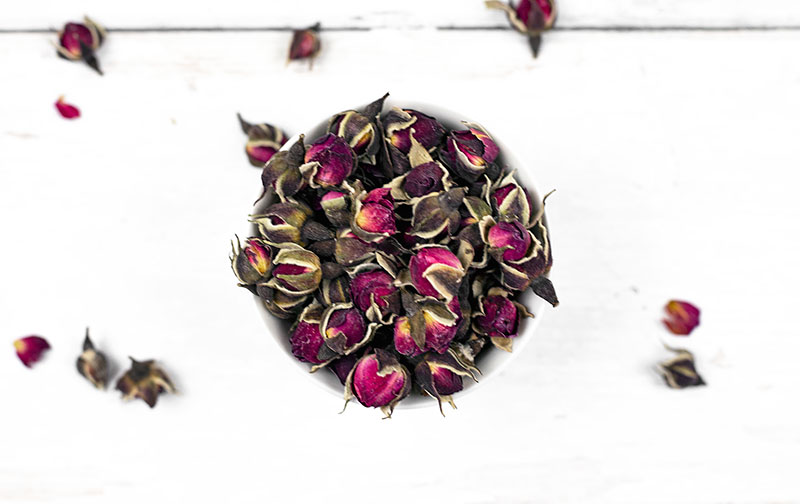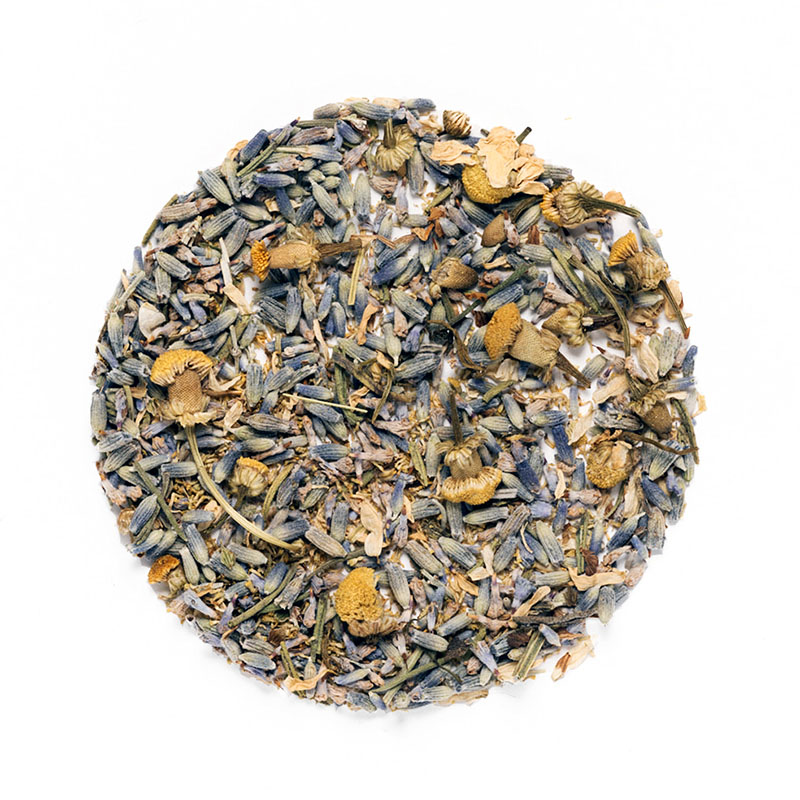5 Best Floral Teas: Guide to Drinking Flower Tea
Not all teas are made from tea plants or herbs. By far the most beautiful category of tisanes is floral tea. Many flowers are used for making exquisite and delicious flower teas that are often drank on its own or used for scenting real teas, such as black, oolong or green tea. Not only do they provide many benefits, but often have a flavor very similar to its scent. A flower bouquet in a cup? Yes, please.
5 best western floral teas
1. Lavender
Lavender is one of the most common flower used for making an essential oil. However, a cup of dried flowers may have multiple benefits too. Lavender is stronger than many other floral teas. Start with 1/2 of teaspoon of dried flowers and increase the amount if you find the taste too weak. Try mixing it with other calming herbs such as chamomile.
2. Chamomile
The world of floral tea would not be the same without a chamomile. This precious little flowers are available world-wide and appreciated for their health benefits and flavor. Chamomile is one of the first teas used as herbal medicine for its soothing and healing properties. With a lightly sweet, honey and apple like flavor, chamomile is a great choice for a soothing cup of tea for all age groups.
3. Linden flower
Linden tea is made from flowers of a linden tree. It’s sweet and because of a high mucilage content, has a thick and almost sticky texture. Linden flower tea is mostly used for treating the symptoms of common cold and for relaxation[1].
4. Rose tea
Nothing beats the beauty of rose buds or rose petals tea. It’s available in many colors and intensities, and it’s often blended with real teas to create a delicious scented tea. Flavor is very similar to the scent, so a teaspoon of petals will be enough for making a quite intense cup of tea. Be careful not to over-brew it, because it may have a bit of bitterness too. For a fun DIY blending project, mix rose petals with Keemun black tea leaves.

Midnight Rose – a blend of green and black tea and rose petals
5. Hibiscus flower tea
Tangy and incredibly beautiful, hibiscus flower tea tastes great, both hot and cold. It often serves as a base for many fruit blends. Hibiscus tea has a very deep and intense red color and blend well with herbs and fruits. Try using it for making refreshing summer iced teas.
5 best eastern flower teas
1. Osmanthus tea
Small and extremely fragrant osmanthus flowers come from an osmanthus tree, mostly grown in Asian countries. They have a unique, peach like, sweet flavor. Osmanthus is often added to green, black or white tea and can be used for making desserts too.
2. Jasmine tea
One of the most popular flowers for scenting green tea tastes very delicious on its own too. Small unopened jasmine buds brew into a calming cup of flower tea, that is often more intense than regular scented green tea. But jasmine flower tea is not only delicious and beautiful, it may also help with relaxing and reliving anxiety.

Blackberry Jasmine – green tea with jasmine flower buds and freeze-dried blackberries
3. Chrysanthemum tea
This traditional Chinese flower makes for a perfect cup of summer tea. It’s light, a bit sweet, and, of course, floral. Many different chrysanthemum flower are used for making tea and their color ranges from white to yellow and purple. This tea is often used for lowering the fever and relaxation.
4. Blooming teas
Blooming tea, often called art or flowering tea, is a special category of tea, that „blooms“ when steeped in hot water. They are made with at least one or more flowers masterfully sewn into tea leaves. Once in hot water, both leaves and flowers open up into a beautiful tea and flower bouquet. Glass teapot and blooming tea make for beautiful gift sets.
How to brew flower tea
Unlike real teas, most flower teas can be brewed using infuser ball or other tea infusers. They won’t need as much space to expand as real unbroken loose tea. However, using a simple glass teapot may be the best choice if you want to enjoy the beauty of flower petals, especially rose, chrysanthemum or blooming tea. Use fresh spring boiling water, and steep for 2-3 minutes. If you find the flavor to be weak, steep for 1-2 minutes longer. Some flowers, such as lavender, may be bitter if over-steeped. Blooming tea may have some bitterness to, because it will take longer for tea balls to expand, making the tea leaves release more compounds – both healthy and bitter ones.
Disclaimer: This article is for informational purposes only. It’s not intended to replace medical advice, diagnosis or treatment. Every person is different and may react to different herbs and teas differently. Never use teas or herbs to treat serious medical conditions on your own. Always seek professional medical advice before choosing home remedies.
References:
[1] https://www.ema.europa.eu/en/documents/herbal-report/final-assessment-report-tilia-cordata-miller-tilia-platyphyllos-scop-tilia-x-vulgaris-heyne-their_en.pdf





